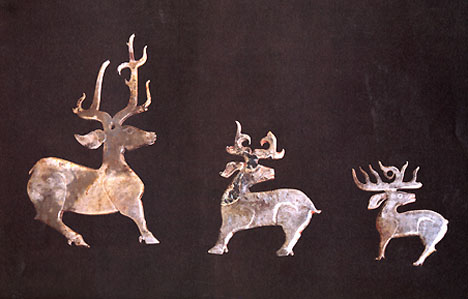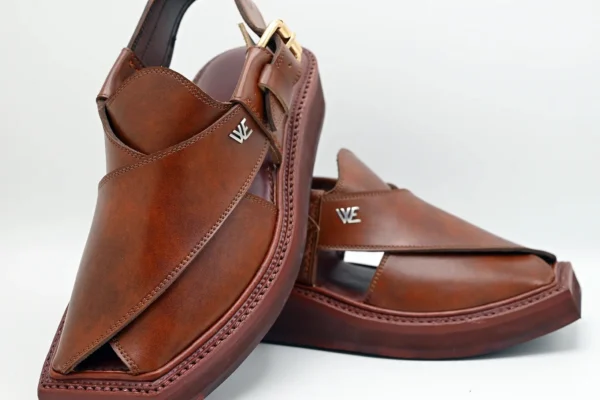When it comes to sewing, tailoring, and garment construction, the type of seam—or Nahttyp—used can significantly affect the strength, appearance, and function of a finished piece. Whether you’re a fashion designer, home sewist, or textile engineering student, understanding the different types of seams is essential for creating professional and durable garments. In this article, we explore the most common seam types, their applications, and why they matter in modern fashion and industry.
What Are Nahttypen?
Nahttypen, or seam types, refer to the various methods used to join two or more layers of fabric together. The choice of seam influences not only the aesthetic appeal of a garment but also its comfort, durability, and flexibility. Some seams are nearly invisible, while others are intentionally used as a design feature.
Common Types of Seams (Nahttypen)
1. Plain Seam (Einfache Naht)
This is the most basic and widely used seam type. Two fabric pieces are placed right sides together and stitched along the edge, typically finished with overlocking or zigzag stitching to prevent fraying.
Best For: Everyday clothing, basic home textiles
Advantages: Quick to make, easy to sew, minimal bulk
2. French Seam (Französische Naht)
Ideal for delicate fabrics, this seam encases raw edges within a double fold, offering a clean and refined interior finish. It’s commonly used in high-end garments and lingerie.
Best For: Sheer or fine fabrics like silk or chiffon
Advantages: Durable, elegant, no raw edges exposed
3. Flat-Felled Seam (Kappnaht)
Known for its strength and smooth finish, the flat-felled seam involves folding and stitching the fabric layers twice. It’s commonly found in jeans and workwear.
Best For: Denim, heavy-duty clothing
Advantages: Very strong, neat inside and out, fray-resistant
4. Bound Seam (Einfaschnaht)
This seam finishes raw edges with bias tape or fabric binding. It adds a decorative and protective edge, often seen in unlined jackets or couture garments.
Best For: Outerwear, visible interior finishes
Advantages: Decorative, clean, adds structure
5. Lapped Seam (Überlappungsnaht)
One fabric edge is lapped over another and stitched flat. Lapped seams are often used in non-clothing applications like upholstery or leatherwork.
Best For: Leather, vinyl, and industrial textiles
Advantages: Strong, allows for flat join without a bulky edge
6. Welt Seam (Wulstnaht)
A type of decorative seam where the fabric edge is turned under and stitched down, creating a raised “welt” effect. Often used in tailored garments.
Best For: Coats, trousers, formal wear
Advantages: Decorative, slightly reinforced, adds definition
Choosing the Right Seam Type
The appropriate seam depends on a variety of factors:
-
Fabric type: Lightweight vs. heavyweight, stretch vs. non-stretch
-
Functionality: Does the garment need to be flexible, breathable, or strong?
-
Aesthetic goals: Should the seam be hidden or used as a design element?
Understanding these considerations helps in selecting a seam type that complements both form and function.
The Cultural and Technical Importance of Nahttypen
While seam types may seem like a technical detail, they reflect cultural craftsmanship, innovation, and design aesthetics across regions and time periods. German tailoring, for example, is renowned for its precise seam finishes and structural integrity, often incorporating advanced seam techniques in both haute couture and industrial applications.
In modern garment engineering, seam selection plays a vital role in sustainability as well. Seam durability can prolong a garment’s lifespan, reducing the need for frequent repairs or replacements.
Final Thoughts
Mastering different Nahttypen is more than a sewing skill—it’s an art form and a critical component of textile construction. From plain seams that keep things simple to French seams that add finesse, every seam type serves a purpose. Whether you’re creating bespoke fashion or mass-produced apparel, understanding seam types empowers you to design with both beauty and function in mind.






